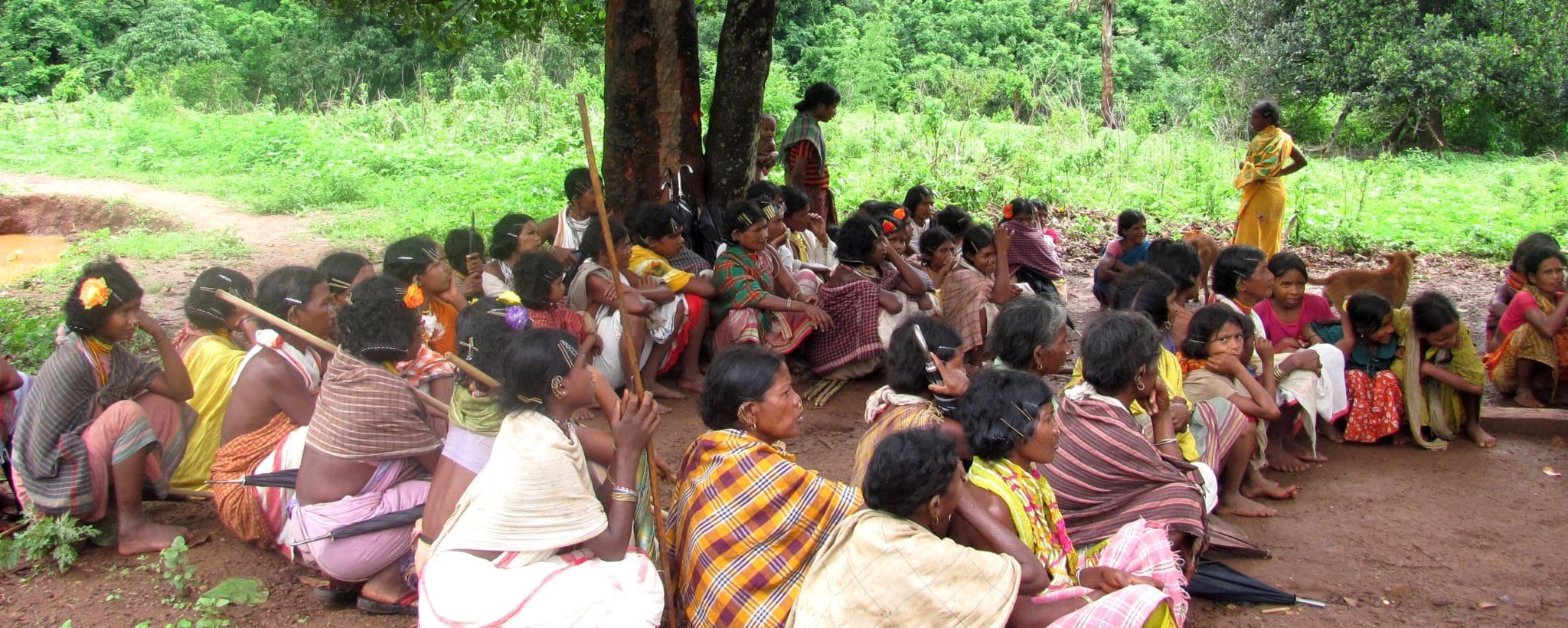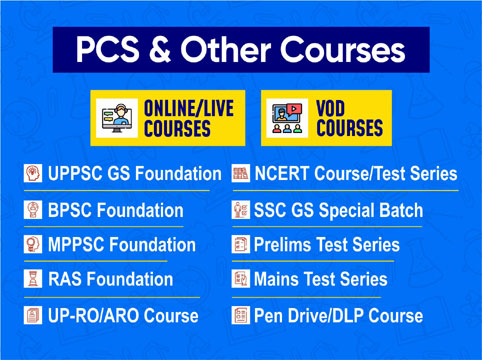
Very recently, the Arunachal Pradesh legislature passed a resolution for the entire state to be included in the Sixth Schedule of the Constitution. The idea behind this resolution is to provide considerable autonomy to the tribal communities and to empower the district councils to enact laws for land protection. Though India’s federal structure has a feature that there is no categorization of states which existed until the passing of the States Reorganization Act 1956, yet Parliament of India has been empowered to determine terms and conditions which could be different for different states. This has led to the inclusion of certain special provisions for states such as Maharashtra, Gujarat, Nagaland, Assam, Manipur, Andhra Pradesh, Sikkim, Mizoram, Arunachal Pradesh, Goa and Karnataka under Articles 371 to 371 J. So far as Arunachal Pradesh is concerned, under Article 371-H the Governor has been given special responsibility with respect to law and order. However, it is also provided that ‘if the President, on receipt of a report from the Governor or otherwise is satisfied that it is no longer necessary for the Governor to have special responsibility with respect to law and order in the State of Arunachal Pradesh, he may by order direct that the Governor shall cease to have such responsibility with effect from such date as may be specified in the order.’
This provision has a unique feature. Its first part signifies federalism in India, whereas, the second part incorporates unionism by empowering the President. The Arunachal Pradesh Government has made a plea that this provision under Article 371-H was not sufficient enough to protect the rights of the tribal communities in the State which created the necessity to include the entire State in the Sixth Schedule of the Constitution.
The Constitution of India sets the goal of delivering justice to all, hence, includes the provision for the protection of rights of the tribal communities for which number of provisions have been made. However, before we delve into the details of such provisions, a perusal of the status of the Scheduled Tribes (STs) in India needs to be considered.
Scheduled Tribes (STs) have been mentioned in Article 366(25) which means such tribes or tribal communities or parts of or groups within such tribes or tribal communities as are deemed under Article 342 to be Scheduled Tribes for the purpose of this Constitution. It is pertinent to know that the President under Article 342 has been empowered to designate a particular community as tribal community by way of a public notification, on consultation with the Governor. On the other hand, Clause (2) of Article 342 provides that Parliament shall make law in this regard. Consequently, the Scheduled Castes and Scheduled Tribes Orders (Amendment) Act, 1976 was passed. The Supreme Court in Bhaiya Ram Munda has held that whether a person is a member of the Scheduled Tribes so declared by the President under Article 342 is essentially a question of law.
According to Census 2011, the size of the population of Scheduled Tribes is 8.6 per cent of the total population. The Census also tells that the bulk of the population of STs lives in rural areas (11.3 per cent of the total rural population in India). According to the National Commission for Scheduled Tribes, there are 700 tribes notified under Article 342 of the Constitution of India spread over different states and Union Territories. The largest number of main tribal communities (62) has been specified in relation to the State of Odisha.
One of the most derogatory aspects related to STs is that since 1870s until independence the British Government had passed number of legislations collectively called the Criminal Tribes Act. These Acts criminalized all such communities and called them habitual criminals. Their movement was restricted and the male members were forced to report weekly to the local police. After independence, these communities were de-notified and the Criminal Tribes Act was repealed in 1949 Such communities were also considered addicted to the systematic commission of non-bailable offences. De-notification of the tribes was done on recommendations of a committee set up in January 1947 by the then Government of Bombay and comprised B.G. Kher, Morarji Desai and Gulzarilal Nanda. The independent India replaced the Criminal Tribes Act with the Habitual Offenders Act, 1952. According to this Act, a habitual offender is one who has been a victim of subjective and objective influences and has manifested a set practice in crime, and also present a danger to the society in which they live. It was alleged that this Act, in fact, re-stigmatized the marginalized tribes. Considering the allegations, the National Human Rights Commission recommended for the repeal of the Habitual Offenders Act 1952. More importantly, the United Nations Committee on the Elimination of Racial Discrimination has also asked India to repeal the Act.
The above said facts make it evident that even after independence during the initial years the tribal communities continued to remain isolated and excluded from the mainstream of development. One of the significant steps taken by the framer of the Constitution was the inclusion of Article 335 providing for the claims of both Scheduled Castes and Scheduled Tribes to services and posts. In State of U.P. v. Dina Nath Shukla, the Supreme Court held that Article 335 read with Articles 46, 38 and 16 would give the socio-economic empowerment to the Dalits and Tribes.
Other Constitutional and Legal safeguards
The Constitution of India, as said earlier, intends to deliver justice to all. Considering the large-scale discrimination in India through the Ages, number of constitutional safeguards have been made for vulnerable groups including the Tribes. These included provisions enshrined in Articles 15(4), 335, 243-D, 164(1), 330, 338-A etc. Through these provisions, the State is made responsible for affirmative action in favour of these communities and also for ensuring their adequate representation at all levels in the politico-administrative system in India. Further, by the Constitution (89th Amendment) Act, 2003, a separate institution the National Commission for Scheduled Tribes (NCST) was created under Article 338-A. The Commission is responsible for the protection of rights of the tribes. Similarly, in 2003, the National Commission for De-notified, Nomadic and Semi-Nomadic Tribes (NCDNST), was set up under the Ministry of Social Justice and Empowerment to study various developmental aspects of such tribes. In order to ensure that the STs and other forest dwellers get their due share in the resources, the Government of India passed the Scheduled Tribes and other Traditional Forest Dwellers (Recognition of Forest Rights) Act, 2006 generally dubbed the Forest Rights Act, 2006. This law was made address the concerns of the rights of these communities to land and resources, which were denied to them over decades as a result of the continuance of colonial forest laws.
Another major aspect of the rights of the SCs and STs has been the step to prevent atrocities against them. Hence, the Scheduled Castes and Scheduled Tribes (Prevention of Atrocities) Act, 1989 was passed by the Government. The Act became controversial after Section 18-A was inserted to set aside a Supreme Court order delivered in Dr. Subhash Kashinath Mahajan case. The Court held that arrest of a public servant can only be after approval of the appointing authority and of a non-public servant after approval by the Senior Superintendent of Police which may be granted in appropriate cases if considered necessary for reasons recorded. However, in Prithvi Raj Chauhan’s case the Supreme Court upheld the constitutional validity of the SC and ST (Prevention of Atrocities) Amendment Act, 2018 and said that ‘a Court can grant anticipatory bail only in case where a prima facie case is not made out.’
Fifth and Sixth Schedules
The Constitution of India under Article 244 (1) and (2) provide for the administration of tribal areas and welfare and development of tribal communities as contained in the 5tn and 6th Schedules. While the 5th Schedule deals with the Scheduled Areas in various states other than Assam, Meghalaya, Tripura and Mizoram, these states are covered under the 6th Schedule. Provisions in these Schedules draw their inspiration from Chapter V Section 91 of the Government of India Act 1935 which mentioned ‘excluded’ and ‘partially excluded’ areas. They also got strength from Schedule B of recommendations of the Excluded and Partially-Excluded Areas Sub-Committee of the Constituent Assembly and the Scheduled Areas and Scheduled Tribes Commission 1961. Therefore, in the present Constitution, Article 244 has been devoted to the administration of such areas. The criteria to include a state or to declare an area as a Scheduled Area have not been expressly mentioned in the Constitution, however, conventionally, they include the conditions of under-development, preponderance of tribal population and marked disparity in the economic standard of the people. Para 4 of the 5th Schedule provides for establishment of a Tribes Advisory Council (TAC) in a state having Scheduled Areas to advise on such matters pertaining to the welfare and advancement of the tribes.
As regards the 6th Schedule, the Constituent Assembly for the purpose of assimilating the north-eastern regions into the territory of India, had set up a Sub-Committee on 27 February 1947 to report on the North East Frontier (Assam) Tribal and Excluded Areas under the Chairmanship of the then Premier of Assam Gopinath Bordoloi. The Committee opined that there was a need for a system of administration that would allow tribal areas to become developed. Moreover, it also called for protection of the tribal areas from exploitation of people living in the plains. Under the 6th Schedule, the Governor of the State is empowered to organize and re-organize autonomous districts and autonomous regions.
Concept of Inner Line Permit
The Inner Line Permit (ILP) was introduced under the Bengal Eastern Frontier Regulation Act, 1873 restricting the entry and regulating the stay of outsiders in designated areas. This has been in the news after the issue of Citizenship Amendment Act 2019 became debated. Technically, ILP is a document to permit an Indian citizen to visit or stay in a state that is protected. The British had framed the law for regulating the stay of outsiders in such areas. This was to protect the Crown’s commercial interests. In other words, through ILP, Britishers prevented Indians from trading in these protected regions. Most of these protected areas are located in the North East.
Way Ahead
In the backdrop of these facts, it is important to devise a strategy which should be multi-pronged comprising social defence, protective steps, affirmative actions and above all developmental actions. Candidly, likewise other vulnerable groups in India, STs are also exploited at various levels including sexual exploitation. Therefore, making them aware of their rights and improving their accessibility to the judicial-legal system is essential. This could be done by way of decentralizing the institutions working in this area.
In order to ensure equality, protective measures must be taken. These may include their access to education, healthcare, sanitation etc. The atrocities against these groups should be prevented. Certainly, the SCs and STs (Prevention of Atrocities) Amendment Act, 2018 would prove to be a savior provided it is implemented effectively.
Reservation provided to STs could be included in affirmative actions. This reservation shall be provided both for improving their representation in education and in employment. This may also extend to the private sector.
Last but not the least, the socio-economic development of tribes must be addressed by providing financial and technical assistance to the entrepreneurs. However, special programmes or campaigns for developing enterprising ability in such communities should also be focused.
[1] Article 371-H.
[2] Bhaiya Ram Munda v. Anirudh Patar AIR 1971 SC 2533.
[3] Criminal Tribes Act, 1871, 1911 and 1924.
[4] AIR 1997 SC 1095.
[5] Dr. Subhash Kashinath Mahajan v. State of Maharashtra 2018 SCC Online SC 243.
[6] Prithvi Raj Chauhan v. Union of India 2020 SCC Online SC 159.
[7] Other members of the Committee were: J.J.M. Nicholas Roy, Rup Nath Brahma, A.V. Thakkar and Mayang Nokcha who was later on replaced by Aliba Imti.
| CBP Srivastava is a scholar of the Indian Constitution and President of Centre for Applied Research in Governance (New Delhi, India). He is also Faculty of Indian Polity at Sanskriti IAS (Delhi, India). |
Source : https://cbpsrivastava.com/

 Contact Us
Contact Us  New Batch : 9555124124/ 7428085757
New Batch : 9555124124/ 7428085757  Tech Support : 9555124124/ 7428085757
Tech Support : 9555124124/ 7428085757






